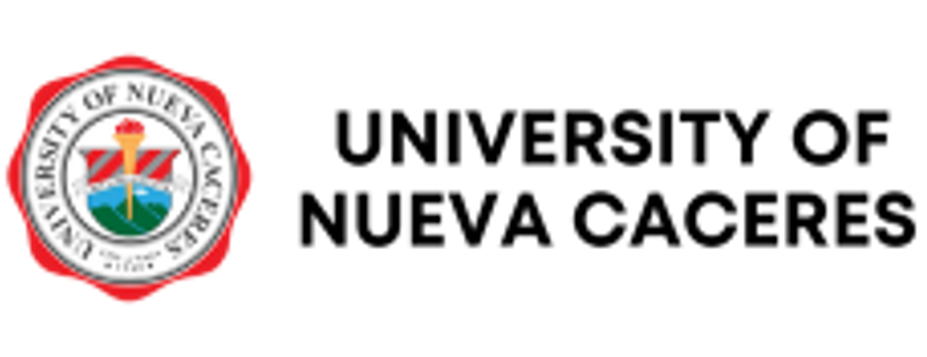Initial Finding of Material Flow Analysis of Food Waste of Particular Restaurants in Yogyakarta, Indonesia
Keywords:
material flow analysis, food waste, reverse logistics, substance flow analysis, sankeymaticAbstract
Food waste is still a significant problem today. The Special Region of Yogyakarta contributes 96 tons of food waste daily, with the City of Yogyakarta being the most significant contributor. Food industry services in DIY experience a rapid increase every year. Meanwhile, restaurants and restaurants are the most important contributors to food waste. Yogyakarta City DLH has carried out food waste management activities such as waste bank activities. However, many business actors still need to cooperate, which has resulted in food waste ending up in landfills. Efforts are required to manage food waste to overcome this problem. So, it is necessary to conduct research on food waste flow analysis in food service businesses in Yogyakarta. This research aims to determine the type and quantity of food waste produced and provide an overview of the management costs that occur in restaurants. This research uses the material flow analysis (MFA) method by identifying material flow processes so that it can explore the quantity and type of food waste that occurs at the pre-kitchen, kitchen and post-kitchen stages using STAN software and Sankeymatic diagrams and providing an overview of the total costs in food waste management in restaurants. Interviews and direct observation of restaurants in the eastern and southern regions of Yogyakarta City collected data. The analysis carried out is the flow, type and quantity of food waste and the costs incurred in managing food waste in restaurants. The research results in 8 restaurants in Yogyakarta City in the eastern and southern regions showed that total food waste was 617,906 grams/week. The most significant percentage of food waste at the pre-kitchen stage is lime peel (34%), at the kitchen stage is oil (86%) and at the post-kitchen stage is fish bones (30%). The total costs of managing restaurant food waste are IDR 18,615,000.00/month. The results of this research can be used to predict the quantity and type of food waste in the future so that it can be used to plan policies to overcome food waste.
Downloads
References
Amicarelli, V., Bux, C., & Lagioia, G. (2021). How do we measure food loss and waste? A material flow analysis application. British Food Journal, 123(1), 67–85. https://doi.org/10.1108/BFJ-03-2020-0241 DOI: https://doi.org/10.1108/BFJ-03-2020-0241
Ardianto, S. (2020, July 17). Jogja News: Restaurants and restaurants are DIY's most contributors to organic waste. Accessed 20 July 2023. https://djawanews.com/berita-hari-ini/berita-jogja-rumah-makan-dan-restoran-jadi-penumbang-sampah-organik-tertinggi-di-diy-1584
Brunner, P. H., & Rechberger, H. (2004). Material Flow Analysis Book Reviews Practical Handbook of Material Flow Analysis. Waste Management, 9 (5), 337–338. DOI: https://doi.org/10.1007/BF02979426
Durachim, ED & F.H. (2017). Competency Standards Based Restaurant Business. Journal of Tourism, IV (1), 10–21.
Filho, W., & Kovaleva, M. (2015). Food Waste and Sustainable Food Waste Management in the Baltic Sea Region. https://doi.org/10.1007/978-3-319-10906-0 DOI: https://doi.org/10.1007/978-3-319-10906-0
Fiore, S., Ibanescu, D., Teodosiu, C., & Ronco, A. (2019). Improving waste electric and electronic equipment management at full scale using material flow analysis and life cycle assessment. Science of the Total Environment, 659, 928–939. https://doi.org/10.1016/j.scitotenv.2018.12.417 DOI: https://doi.org/10.1016/j.scitotenv.2018.12.417
Jain, KP, Pruyn, JFJ, & Hopman, JJ (2017). Material flow analysis (MFA) as a tool to improve ship recycling. Ocean Engineering, 130 (November), 674–683. https://doi.org/10.1016/j.oceaneng.2016.11.036 DOI: https://doi.org/10.1016/j.oceaneng.2016.11.036
Khomchu, W., Nakem, S., Pipatanatornkul, J., Papong, S., Rodcharoen, T., Charoensaeng, A., Nithitanakul, M., & Malakul, P. (2017). Material Flow Analysis (MFA) and Life Cycle Assessment Study for Sustainable Management of PVC Wastes in Thailand (Phase III). In Computer Aided Chemical Engineering (Vol. 40). Elsevier Masson SAS. https://doi.org/10.1016/B978-0-444-63965-3.50091-X DOI: https://doi.org/10.1016/B978-0-444-63965-3.50091-X
Lipinski, B., Hanson, C., Lomax, J., Kitinoja, L., Waite, R., & Searchinger, T. (2016). Towards a sustainable food system Reducing food loss and waste. WorldResourceInstitute, June, pp. 1–40.http://unep.org/wed/docs/WRI-UNEP-Reducing-Food-Loss-and Waste.pdf%5Cnhttp://ebrary.ifpri.org/cdm/ref/collection /p15738coll2/id/130211
Maheswari, H., Sigit Santoso, A., & Putri Kuncoro, D. (2016). The Influence of Reverse Logistic Activities on Supplier Chain Position Performance in the Cellular Telephone Industry. Scientific Journal of Management and Business, 2 (2), 715–737.
Masudin, I. (2019). A Literature Review on Green Supply Chain Management Adoption Drivers. Scientific Journal of Industrial Engineering, 18 (2), 103–115. https://doi.org/10.23917/jiti.v18i2.7826 DOI: https://doi.org/10.23917/jiti.v18i2.7826
Thamagasorn, M., & Pharino, C. (2019). An analysis of food waste from a flight catering business for sustainable food waste management: A halal food production process case study. Journal of Cleaner Production, 228 (2019), 845–855. https://doi.org/10.1016/j.jclepro.2019.04.312 DOI: https://doi.org/10.1016/j.jclepro.2019.04.312
Wulandari, W., & Asih, AMS (2020). Household Behavior towards Food Waste in Indonesia: Literature Study. National Seminar on Industrial Engineering, Gadjah Mada University, 93–98. https://repository.ugm.ac.id/276398/1/OR17_Winda Wulandari_Household Behavior towards Food Waste in.pdf
Published
How to Cite
Issue
Section
Categories
Copyright (c) 2023 Siti Mahsanah Budijati, Panji Dwi Setiyawan

This work is licensed under a Creative Commons Attribution-ShareAlike 4.0 International License.





















